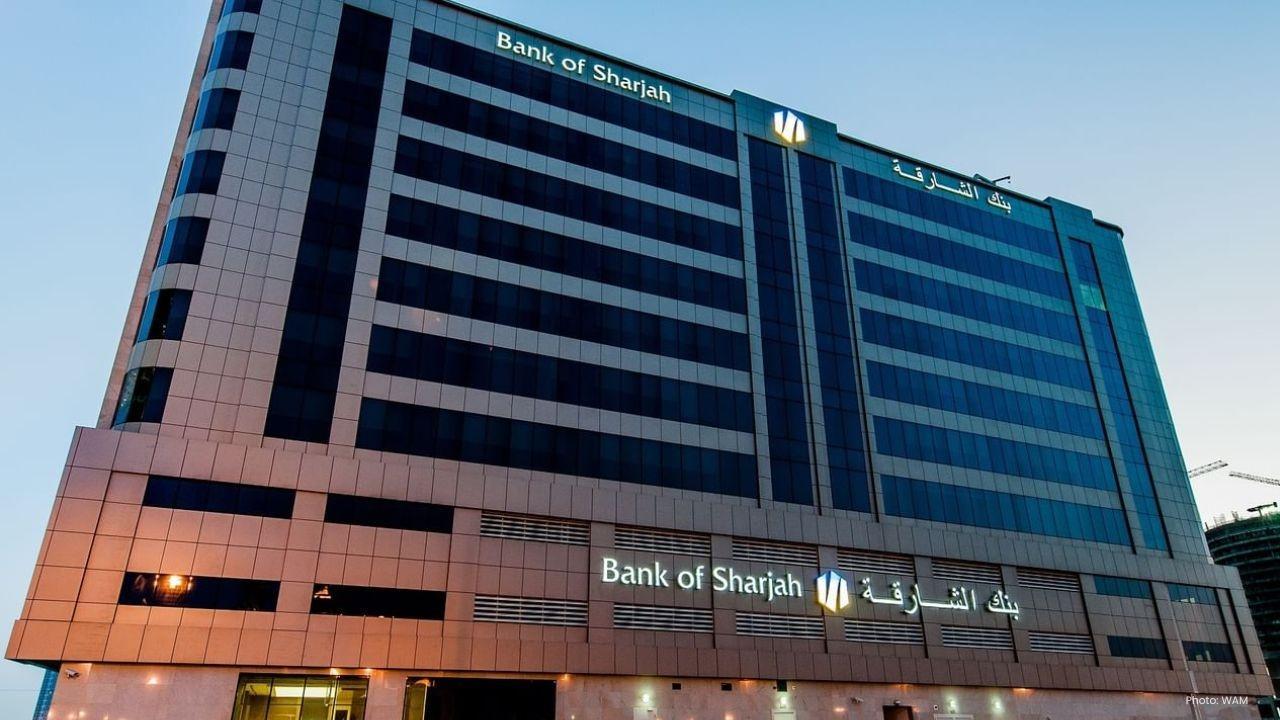
Join 10k+ people to get notified about new posts, news and tips.
Do not worry we don't spam!

Post by : Anis Farhan
Private credit is no longer a niche segment of global finance. Once limited to specialized funds and wealthy investors, it has ballooned into a multi-trillion-dollar industry shaping how businesses borrow money. Unlike traditional bank loans, private credit involves non-bank lenders—such as investment funds, asset managers, and private equity firms—providing direct financing to companies.
This growth has been fueled by low interest rates, regulatory shifts after the 2008 financial crisis, and demand from investors chasing higher returns. But now, with rising global debt, inflationary pressures, and slowing growth, the question arises: what happens if private credit markets come under stress? The answer could have far-reaching implications for financial stability worldwide.
The expansion of private credit was largely triggered by tighter regulations imposed on banks after the global financial crisis. To reduce systemic risk, regulators forced banks to hold more capital and limit risky lending practices. This left a financing gap—especially for mid-sized businesses—that private lenders were quick to fill.
Over time, private credit evolved into a mainstream asset class, attracting pension funds, sovereign wealth funds, and insurance companies. Today, private credit funds provide loans to sectors ranging from technology startups to real estate developers. According to recent estimates, the global private credit market is worth over $1.5 trillion, and it continues to grow.
Private credit appeals to investors for two main reasons: higher yields and diversification. Compared to government bonds or public equities, private credit offers attractive returns in a low-yield environment. It also provides access to businesses that do not tap public markets, creating opportunities for unique investments.
Additionally, the private nature of these loans—often negotiated directly between borrower and lender—offers flexibility in structuring deals. For companies that may struggle to secure bank loans, private credit serves as a crucial lifeline.
While private credit has flourished, its very structure creates risks. Unlike public markets, private lending operates with limited transparency. Loan terms, borrower performance, and portfolio risks are often opaque. This makes it difficult for regulators, investors, and even lenders themselves to fully understand the vulnerabilities within the system.
One key concern is leverage. Many private credit funds use borrowed money to increase returns, amplifying both profits and losses. In times of market stress, this leverage could accelerate defaults and trigger cascading losses across portfolios.
Another issue is concentration risk. Private credit often targets specific industries, such as real estate or leveraged buyouts, which could all be affected simultaneously by downturns. This interconnectedness heightens the possibility of widespread financial strain.
Several scenarios could test the resilience of private credit:
Rising Defaults: If global economic conditions weaken, more companies could struggle to repay loans. Since many private credit borrowers are mid-sized firms with limited financial flexibility, they are particularly vulnerable.
Liquidity Crunch: Unlike public bonds, private loans cannot be easily traded. If investors suddenly seek to withdraw funds, lenders may be unable to meet redemptions, sparking a liquidity crisis.
Interest Rate Shocks: Higher interest rates increase borrowing costs for companies and reduce the attractiveness of private credit relative to safer government bonds.
Sector-Specific Shocks: A downturn in real estate or private equity could ripple through private credit markets, given their exposure to these sectors.
If private credit markets face stress, the effects would not remain isolated. Companies that rely on these loans for expansion could face bankruptcies, leading to job losses and supply chain disruptions. Investors—ranging from pension funds to retirement accounts—would face losses, reducing consumer spending power.
The knock-on effect could also impact traditional banks. While banks are no longer the main lenders in private credit, they often provide financing to private credit funds. If those funds struggle, banks could face indirect exposure, creating the risk of a broader financial contagion.
Private credit is often described as part of the “shadow banking” system, a term used for financial activities outside traditional banking regulation. Like the shadow banking entities that played a role in the 2008 crisis, private credit operates in a space with limited oversight and rising complexity.
The difference is that private credit markets today are much larger and more globally interconnected. This means any disruption could have ripple effects across continents, potentially destabilizing economies that rely heavily on foreign investment and lending.
Governments and financial watchdogs are increasingly aware of the risks posed by private credit. Some regulators are pushing for more transparency, requiring funds to disclose lending practices and risk exposures. Others are exploring stress tests to simulate how private credit would react in a crisis.
However, striking the right balance is tricky. Too much regulation could stifle growth and innovation in lending, while too little could allow risks to build unnoticed. So far, most regulators are opting for incremental oversight rather than sweeping reforms.
The 2008 financial crisis taught the world how hidden risks in complex financial products can lead to systemic collapse. Private credit has not yet been tested in such a severe downturn, but its similarities to pre-crisis lending practices raise red flags.
Investors and policymakers would do well to remember that financial innovation often brings hidden dangers. Just as mortgage-backed securities appeared safe until they weren’t, private credit could face a similar reckoning if economic conditions deteriorate sharply.
The risks in private credit are real, but they are not inevitable disasters. Several steps could strengthen the system:
Enhanced Transparency: Requiring detailed reporting on loan structures, default rates, and sector exposures would give regulators and investors a clearer view of risks.
Stronger Risk Management: Funds should be required to hold more capital buffers to absorb losses during downturns.
Investor Education: Pension funds and institutional investors must fully understand the risks of private credit before committing large sums.
Global Coordination: Because private credit is global, regulators must collaborate to ensure consistent oversight across borders.
Private credit has reshaped global finance, providing crucial capital to businesses and delivering strong returns to investors. But its rapid growth, opacity, and reliance on leverage create vulnerabilities that cannot be ignored. If private credit markets come under stress, the ripple effects could spread through companies, investors, and even traditional banks, creating a new source of global financial instability.
The challenge now is clear: how to enjoy the benefits of private credit while containing its risks. Whether regulators and market participants can strike this balance will determine if private credit remains a reliable pillar of modern finance—or the trigger for the next crisis.
This article is intended for informational purposes only. It does not constitute financial advice. Readers should seek professional guidance before making investment decisions.










Baylor Maintains Perfect Record with 78-69 Win Against Washington
Baylor secured a 78-69 victory over Washington, improving their record to 2-0 and showcasing a well-

Seth Trimble, UNC Basketball Captain, Injures Forearm
North Carolina's Seth Trimble faces surgery after breaking his left forearm. His return is anticipat

Manchester City Claims Top Spot with 2-1 Victory Over Everton
With a 2-1 win against Everton, Manchester City ascends to the top of the Women’s Super League, feat

Akash Choudhary Sets New Records with Six Sixes and Fastest Fifty
In an astounding performance, Akash Choudhary hit six sixes and recorded the fastest fifty in first-

Historic Victory: South Africa A Overcomes India A with 417 Runs
South Africa A achieved a remarkable 417-run chase against India A, led by Connor Esterhuizen's stel

Paramount+ to Stream PBR’s 'Unleash the Beast' in New Five-Year Deal
Paramount+ will stream PBR’s 'Unleash the Beast' across the U.S. starting this December under a five